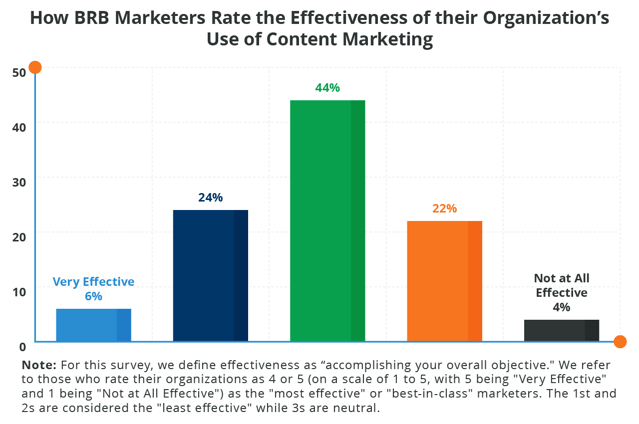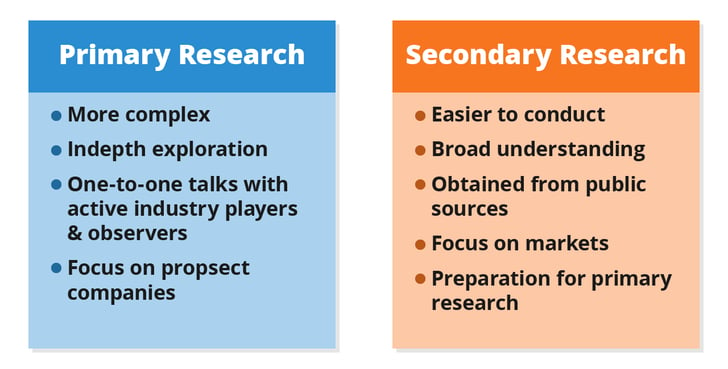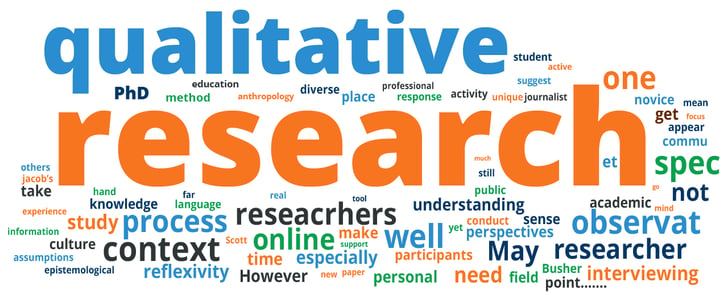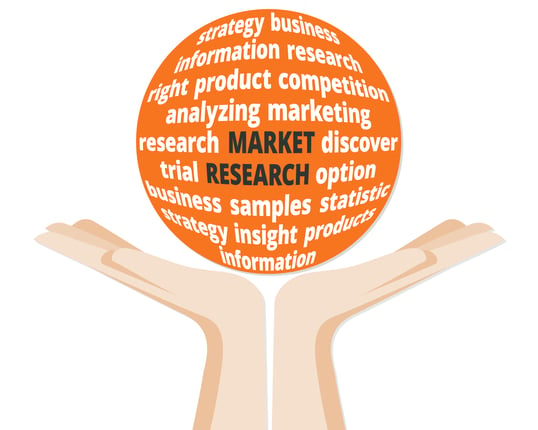Customer research can give businesses the tools to accurately segment their target audiences. It can also help businesses decide if their current marketing automation segments should be altered. At the crux, audience segmentation is the process of dividing your audience into smaller clusters with similarities.
For example, you may learn it is best to advertise to younger audience members through social media, whereas it may be more effective to send traditional hardcopy advertisements to your older customers. Segmentation can be based on demographics (i.e. age and gender), psychographics (i.e. personality and motivations), region, and many other variables.
Audience segmentation is important for ensuring that the right products enter the hands of the right customers. Therefore, it is crucial to understand the best ways to perform customer research.
As seen below, there exists much room for improvement among B2B businesses. Only 6% have rated their use of content marketing as very effective, and performing customer research may likely increase marketing automation segmentation accuracy. 
There are various types of customer research your market can perform. These include primary research, secondary research, and the collection and analysis of data. Customer service management and market research are also useful tools for improving audience segmentation, and they will be discussed in greater detail below.
Primary Research
“Primary research is research that is collected firsthand rather than found in a book, database, or journal” (Lowe, 2012). In other words, primary customer research is information that is collected by working hands either directly with customers or directly with customer information.
For example, your business may conduct interviews, surveys, or questionnaires to learn about customer preferences. In this case, you are hearing directly from the customer and can study the information you receive from them..png?width=728&height=583&name=image%202-01%20(1).png)
Another way businesses can conduct primary research to learn more about customer segmentation is analyzing sales trends and the efficacy of current operations. Observing positive or negative trends in sales can expose information about customer preferences. Additionally, revealing marketing inefficiencies can help your business segment the correct customers with more precision.
Primary research may seem intimidating, and it certainly comes with its costs. However, to get started, it is important to ask yourself the following questions:
- How will this research improve my audience segmentation?
- How will my business be benefitted overall?
- What do I want to discover from this research?
- How much am I willing to spend on this research?
Above all, it is important to have a solid plan in place for this research. The best primary research is concise, direct, and distributed in a timely manner.
Secondary Research
Rather than primary research, you may find it more appropriate to conduct secondary research. Secondary research “involves gathering existing data that has already been produced. For example, researching the internet, newspapers and company reports” (“GCSE,” n.d.). .png?width=728&height=518&name=image%203-01%20(1).png)
Secondary research is especially useful for businesses who cannot easily interact with their customers. This form of research is usually also easier, cheaper, and timelier. It can take many months to collect primary research directly from customers. However, there are thousands of pertinent articles, journals, and statistics available at this moment regarding marketing strategy. Primary research may be more appropriate for specific situations, and in many cases, hearing directly from your customers is better than researching them indirectly. Nonetheless, secondary research is a valuable tool that can be used effectively to improve marketing automation segmentation.
Secondary customer research may include reviewing published statistics for similar companies regarding how they segment their audiences. It also may include researching academic journals to learn about best strategies for marketing automation segmentation. While secondary research is important, only conducting secondary research without primary research as well will likely not be enough to fully learn about how to better segment your audience.
There are benefits to both conducting primary research and conducting secondary research.
The best type of research for your business will depend on your business model, resources, and type of audiences. However, in most cases, a blend of both is optimal for improving marketing automation segmentation.
Data Collection
Another simple form of research your business can perform is data collection. At the core, data collection is necessary for analyzing your audience’s common behaviors, trends, and preferences. Businesses may collect data utilizing either of the methods described above.
There are two main types of data collection: qualitative and quantitative. Both are important for making decisions about marketing automation segmentation, but it is also important to understand how they differ and what each is telling you.
Qualitative Research
“Qualitative Research is primarily exploratory research. It is used to gain an understanding of underlying reasons, opinions, and motivations” (“Difference,” 2017). For the purpose of marketing automation, qualitative research reveals information about your audience’s dynamic preferences. More specifically, qualitative research can help you discern which portion of your audience views your business positively, enjoys your products, or desires different products. This type of research can also help you better understand your customers’ motivations for interacting with your business.
Using this information, you can decide the optimal ways to segment your audience for marketing automation and select the type of media that is best suited for different groups. 
Quantitative Research
On the other hand, “Quantitative methods emphasize objective measurements and the statistical, mathematical, or numerical analysis of data collected through polls, questionnaires, and surveys, or by manipulating pre-existing statistical data using computational techniques” (USC, n.d.). Put simply, quantitative research focuses on numbers of individuals. For example, conducting quantitative research may result in information regarding how many customers prefer X versus Y, and vice versa. This type of research can be very useful for marketing automation segmentation. More precisely, if you realize only a very small portion of your audience responds to your selected type of marketing, you may decide to change your segmentation so that your audience stays highly responsive.
When analyzing your collected data, you would analyze numbers. You would decide, based on numbers, the effectiveness of your current marketing strategies. When performing qualitative research, you would instead look for preference and motivation trends in the data. Both sets of information can help your business improve its audience segmentation.
Customer Service and Market Research
Finally, in addition to the strategies listed above, both customer service management and wide-scale market research are useful tools for gathering information about your customers. The benefits of efficient customer service management not only include satisfied customers, but such management creates an outlet to gather feedback directly from customers. This is a type of primary research, as described earlier. For instance, after a customer purchases your product or uses your service, you can prompt them to provide feedback about their overall experience, in addition to how they heard about your business. This will give you a better idea of which channels of marketing are more effective, and how each audience demographic is better reached. Furthermore, this type of customer research is incredibly simple and easy; it doesn’t require the creation of a brand-new marketing system.
Market research is another way to gather important general information about your customers for better marketing automation segmentation. “Market research is the collection and analysis of information about consumers, competitors and the effectiveness of marketing programs” (Ward, n.d.). Although this may sound similar to the other types of research previously described, it is slightly different. Market research can help businesses better segment their audiences, but can also provide insights into how to become more competitive, efficient, and sustainable.
Examples of market research include product trials and focus groups. Product trials involve giving numerous customers samples of new products and gauging their responses. Focus groups are organized sessions where a moderator facilitates scripted discussion and Q&A. Both of these strategies are forms of primary research, and they may give your business insight into how customers value your products and services relative to your competitors’ products and services.
Summary
There are many different approaches to performing research for marketing automation segmentation. Customer and market research is crucial for optimizing segmentation. Both primary and secondary research are useful strategies for learning more about your targeted audiences. Data collection reveals qualitative and quantitative information and can help show you how many people are impacted by your marketing, and their motivations and preferences. Finally, appropriate customer service management and market research are also types of customer research your business can perform to improve marketing automation segmentation. It is important to consider your type of business, your budget, the size of your audience, and the best ways to study your audience before creating a research plan. Nonetheless, a combination of primary and secondary research and data collection tend to produce favorable results.





Leave a Comment